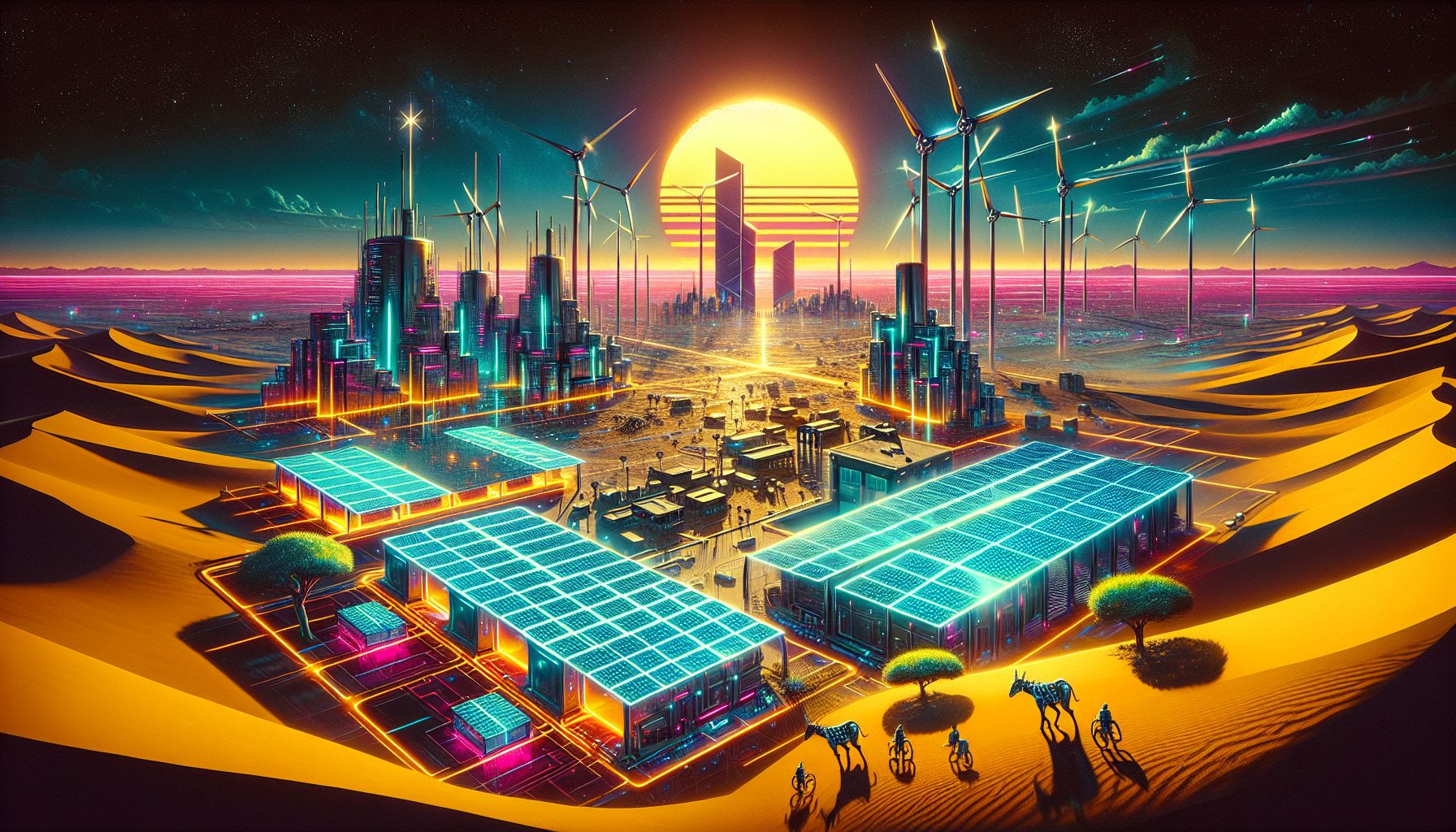Namibia's Revolutionary Hydrogen Leap: Turning Desert Dreams into Global Influence

Windhoek, Tuesday, 24 June 2025.
Namibia is making waves with plans for the world’s first hydrogen economy, aiming to transform its sun-soaked Namib Desert into an epicentre of green energy. This bold venture could catalyse job creation, attract colossal investments, and significantly cut carbon emissions in the steel industry. The driving force? Namibia’s immense wind and solar potential. Not just a go-green gimmick, this step marks a sustainable revolution. But can Namibia juggle such ambitions with its domestic needs? Join the journey to see if Namibia’s hydrogen projects will power sustainable progress without leaving locals in the dark.
Namibia’s Green Hydrogen Goals
Namibia’s ambitious plan to establish the world’s first hydrogen economy is gathering momentum as it seeks to leverage its extraordinary wind and solar potential. With the vast horizon of the Namib Desert offering an almost uninterrupted supply of sunshine, the country is perfectly poised to lead this energy shift [1][2]. At the heart of this grand vision is the production of green hydrogen, hailed as a cleaner alternative for industries, especially steel manufacturing, which currently contributes significantly to global carbon emissions [3][4].
Strategic Industry Developments
The Namibian government envisions creating three hydrogen valleys and targets an impressive production of up to 12 million metric tons of hydrogen by 2050 [5]. The Green Hydrogen and Derivatives Strategy, launched in 2022, is a critical component of this mission [6]. Armed with bold projects like HyIron and Hyphen, Namibia plans significant investments to bolster its position in the global hydrogen supply chain. The projects exemplify Namibia’s commitment, with HyIron already producing low-carbon iron using hydrogen, showcasing a viable pathway to reducing the steel industry’s carbon footprint [1][3].
Economic and Societal Impact
The promise of hydrogen extends beyond being an industrial game-changer; it’s also poised to bring boosts to Namibia’s economy. Projects like HyIron Oshivela, with an initial capability of producing 15,000 metric tons of iron annually, offer hope for reducing unemployment and enhancing local capabilities [1][2]. Yet, this ambition comes with challenges. The massive $10 billion project cost at the southern coast, for instance, is nearly equivalent to the country’s current GDP, and has raised concerns over economic feasibility [7][8]. Nevertheless, the government is optimistic that these efforts will create up to 80,000 jobs and result in a 30% GDP boost by 2030 [5].
Local Concerns and Environmental Considerations
While ambitions soar high, there are apprehensions among local communities about balancing industrial growth with everyday necessities like water access, which remains scarce in coastal regions [3][4]. Additionally, environmentalists have voiced concerns over the Hyphen project’s impact on Tsau Khaeb National Park, highlighting the delicate balance Namibia must achieve between development and preservation [6]. As the world watches, Namibia will need to ensure that its hydrogen economy not only addresses global energy challenges but also uplifts its citizens without compromise [4][5].
Looking Ahead
Namibia’s journey to becoming a global hydrogen leader is fraught with both immense opportunities and daunting hurdles. It is clear that the country must navigate its domestic and international obligations prudently. The upcoming Global African Hydrogen Summit in September offers a timely platform for Namibia to consolidate its plans and showcase its advancements to prospective stakeholders [8]. As they advance, the hope remains that Namibia’s hydrogen story will be one of shared prosperity and ecological harmony [1][6].
Bronnen
- www.technologyreview.com
- www.technologyreview.com
- namibianminingnews.com
- thebrief.com.na
- wp.technologyreview.com
- bsky.app